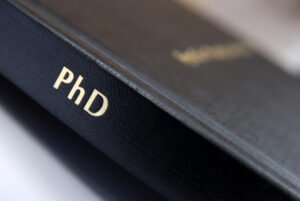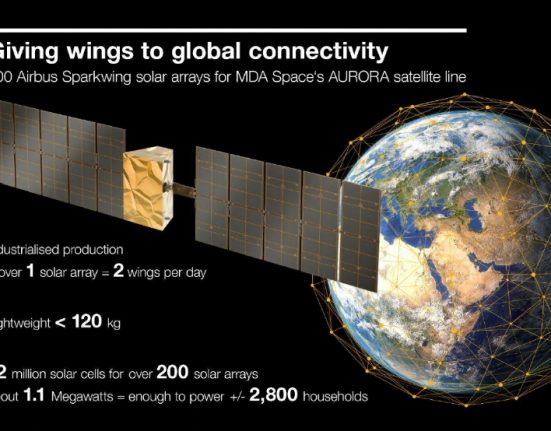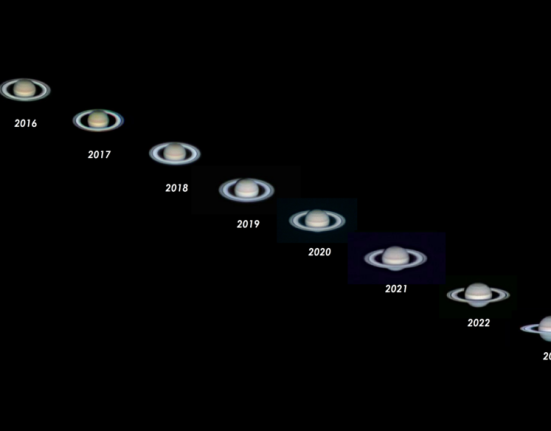
Mercury is now at the beginning of its most favourable morning appearance of the year for observers at mid-northern latitudes. Following inferior conjunction on the Sun's near side on 19 August, Mercury has moved west of the Sun across a flat eastern horizon, making it possible to view it until around 18 September (from southern England).
Mercury is often difficult to spot and observe, as it is only visible around dawn or dusk, except in broad daylight. As the closest planet to the Sun, it never strays too far from the glare of our star.

On August 31, Mercury is 16.5° west of the Sun and about 6° or 7° high at the start of civil twilight, about 35 minutes before sunrise. At magnitude +0.8, it should be bright enough to see as long as the eastern horizon is relatively free of haze and significant light pollution, although atmospheric extinction will reduce Mercury's brightness somewhat. Otherwise, a pair of binoculars might come in handy.

In early September, Mercury shines at magnitude +0.56 and, from southern England, is 8° high at 5.40am BST, about 35 minutes before sunrise. (Mercury is progressively lower the further north you go; in Edinburgh, it is just over 4° high at about the same time.) It is accompanied by the thin crescent of an old Moon overhead.

On September 5, Mercury reaches its greatest western elongation (18°) relative to the Sun. The planet now shines at magnitude -0.23 and reaches a maximum of 10° in London at about 5:45 a.m. A small telescope shows Mercury's changing phase, from a 29.2 percent illuminated crescent phase on September 1 to a 67 percent gibbous phase on September 10.

Try adding color filters to enhance the contrast of the dark markings seen on Mercury. A light orange or red filter (Wratten 21 or 23A) is best for small aperture telescopes, while red or deep red filters (Wratten 25 or 29) are more useful for larger telescopes. Observers have reported that light violet, green, and blue filters (Wratten 47, 68, and 80A) are also helpful.
In mid-September, Mercury shines at magnitude -1.13, but has dropped to just 6° above London around 6am, bringing this appearance to an end. Fortunately, this is not the last chance to see Mercury this year. Although there are no more favourable evening outings, the planet offers a reasonable pre-dawn exposure for the second half of December.














Leave feedback about this